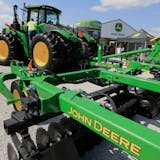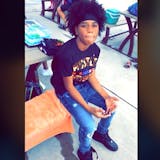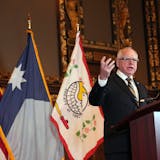It's one thing to begin spring training wondering what the Twins' Opening Day roster might look like. By now, Paul Molitor is used to that.
But Minnesota's manager has never come to Florida wondering how many of his 25 eventual Twins are actually there.
"It's going to be a little different. I can't worry about what-ifs. I just have to prepare with the guys who are in camp, and be ready to [make changes] if the need arises," Molitor said, pondering his fourth training camp as Twins manager. "Expect the unexpected, right?"
Something like that, yes. But this spring training camp, which opens Tuesday in Fort Myers, is unusual in more ways than one. First, there is the anticipation of adding players, perhaps headliners, as the spring goes along. That rare circumstance is a result of the most turgid free-agent market in 30 years, a stagnation that leaves more than 100 free agents, some of them Twins targets, still unemployed and available.
"I'd agree that there is more work to be done than is typical for this point on the calendar," said Derek Falvey, Twins chief baseball officer. "But there still is plenty of time to sort everything out. The important part is [improving] your team, not the timing."
Then there is the curious upside-down nature of the Twins' biggest mysteries, and the fact that, like the free-agent decisions, the answers may lie with the roster builders — Falvey and General Manager Thad Levine — more than Molitor and his staff.
Under normal circumstances, particularly lately, the choices to be made in Florida have revolved around kids. Which prospects are ready? How good can the rookies be? When can they be counted upon?
But the Twins have long since committed to youth. Byron Buxton, Miguel Sano, Jose Berrios — these are the Twins you can expect to cheer for the next decade. The judgments left to Falvey and Levine over the next seven weeks, and the next seven months, revolve around several veterans, not youngsters, and those decisions might determine the Twins' future while also revealing a great deal about their management style and strategy.



